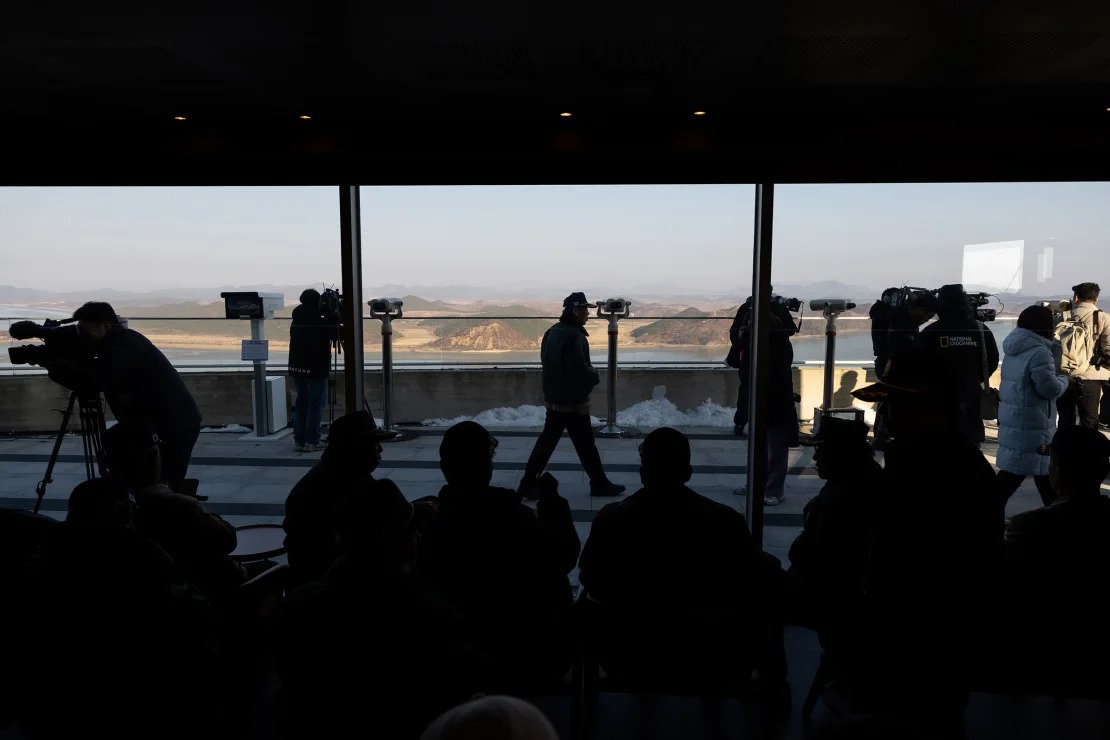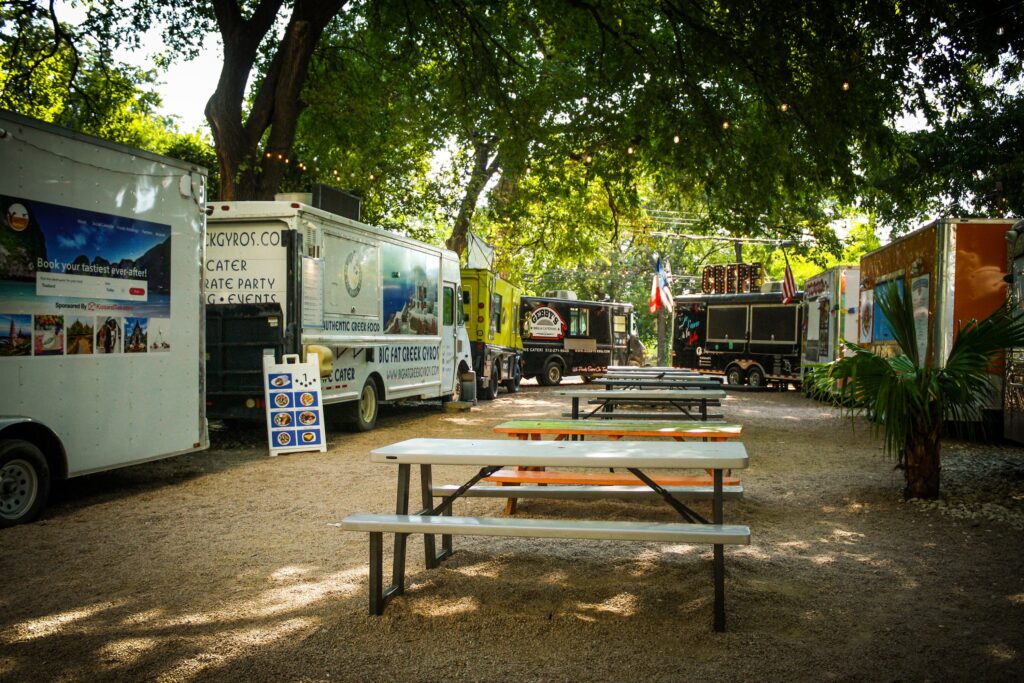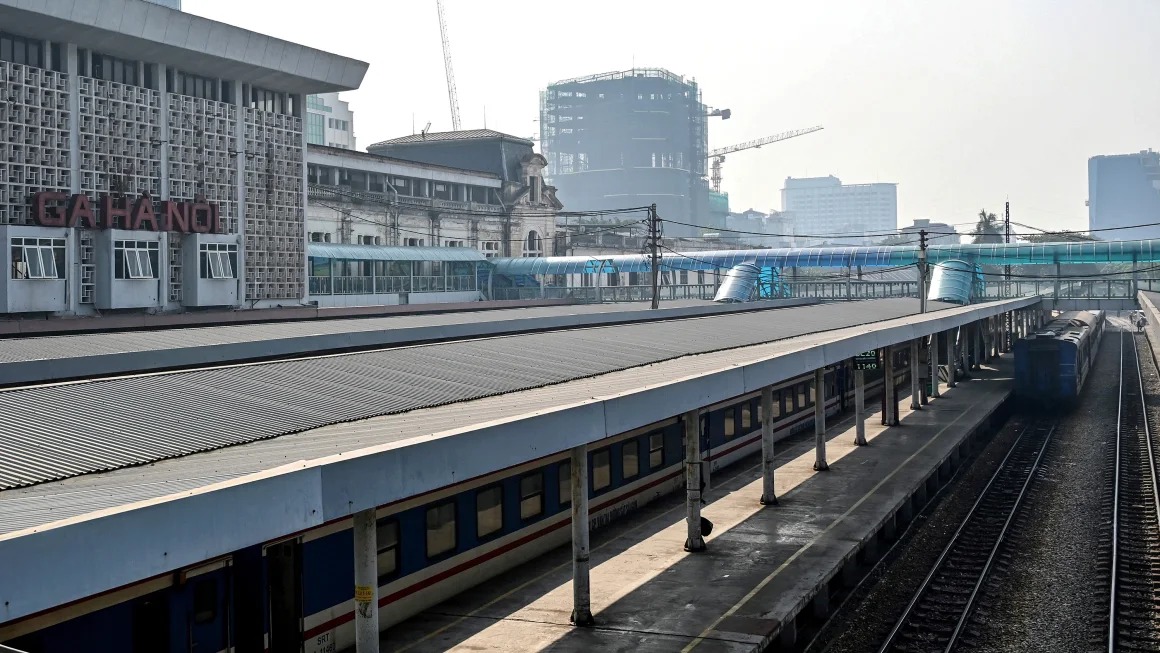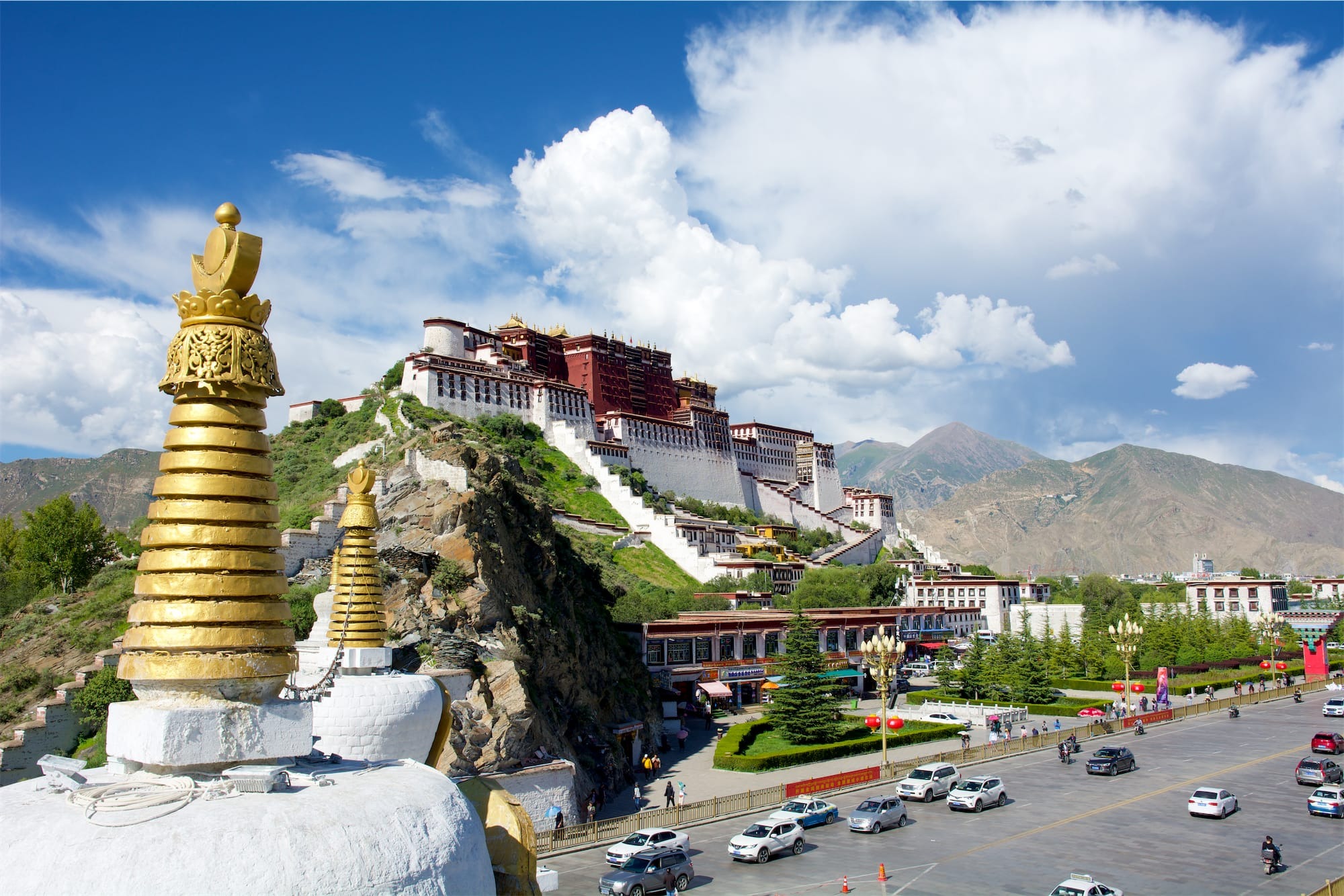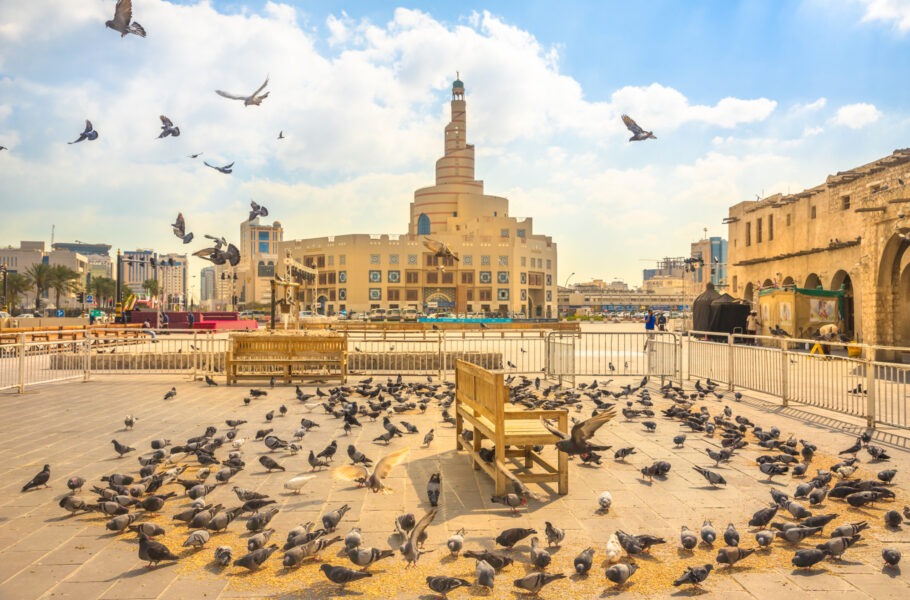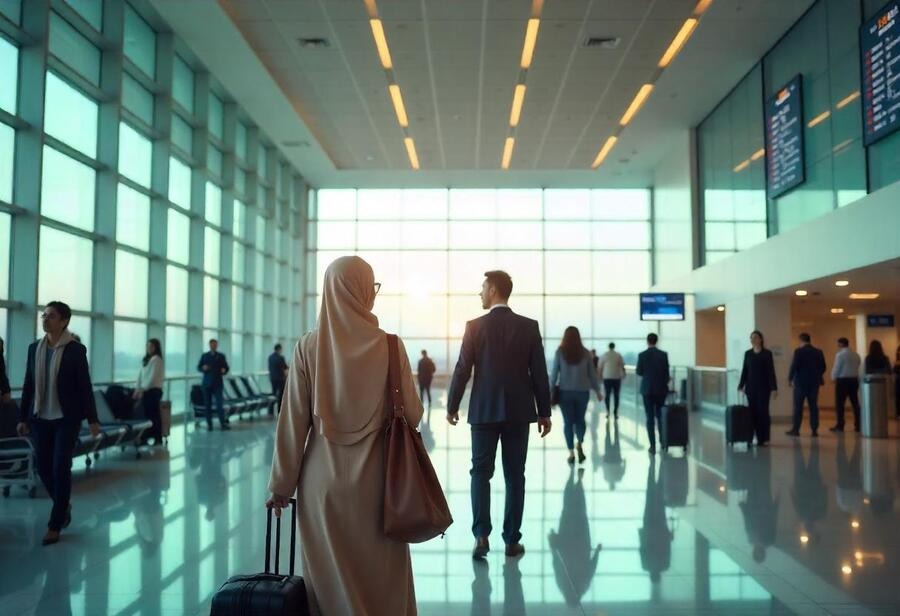For coffee enthusiasts who dream of sipping their favorite brew while catching a glimpse of the mysterious world of North Korea, Starbucks has unveiled an extraordinary new location. This innovative café, located at the Aegibong Peace Ecopark in Gimpo, South Korea, offers patrons not only premium coffee but also an unparalleled view of the Hermit Kingdom, just across the Jo River.
A Unique Location with a Rich History
The newly opened Starbucks café is situated approximately 20 miles north of Seoul, in Gimpo City. The café is perched on an observation tower within the Aegibong Peace Ecopark, a site imbued with historical significance. Known as Hill 154 during the Korean War, this location witnessed fierce battles between North and South Korean forces.
The park and its observation towers are part of the Korean Demilitarized Zone (DMZ), one of the world’s most heavily fortified borders. Unlike traditional DMZ tours, which often emphasize the tense military presence, this Starbucks outlet offers a more relaxed and peaceful way to experience the border’s significance.
A Coffee Shop with a View
With seating for 30 patrons, the café provides both indoor and outdoor options for enjoying the stunning views. On clear days, visitors can see farms and low-rise buildings in North Korea’s Kaepung County. For those equipped with binoculars or ultra-zoom cameras, it’s even possible to spot North Korean residents going about their daily lives.
The opening day, November 29, saw customers flock to the observation deck to take in the breathtaking sights while sipping their coffee. For those who preferred to stay warm, the cozy indoor seating area provided an equally remarkable vantage point.
Symbolism and Peace
The Starbucks outlet is more than just a coffee shop; it’s a symbol of hope and reconciliation. Gimpo Mayor Kim Byung-soo praised the café for representing the “charm of Korean culture” and for leveraging the site’s historical significance to boost tourism.
For local residents, the café offers a space for reflection. Baek Hea-soon, a 48-year-old visitor, expressed a heartfelt wish: “I wish I could share this tasty coffee with the people living in North Korea right in front of us.”
Lim Jong-chul, an 80-year-old Vietnam War veteran, highlighted the café’s role in fostering a sense of peace. “The concept of security felt rigid and tense, but now, with this café here, it feels more peaceful and reassuring,” he shared.

A New Tourist Attraction
Local authorities have been working to turn the Aegibong Peace Ecopark into a major tourist destination. The Starbucks café is part of a broader effort to attract visitors interested in the history and culture of the Korean Peninsula.
The café offers a rare opportunity for South Koreans and international tourists to observe life in North Korea without crossing the border. This makes it a compelling alternative to traditional DMZ tours, which are popular among travelers seeking insights into the peninsula’s complex history.
Tensions Between North and South Korea
The café’s opening comes at a time of heightened tension between North and South Korea. Despite being technically at war since the Korean War ended with an armistice in 1953 rather than a peace treaty, relations between the two nations remain strained.
In January, North Korean leader Kim Jong Un announced that his country would no longer pursue reconciliation with South Korea. By October, the rhetoric had escalated, with Kim threatening to use nuclear weapons against South Korea if provoked.
South Korean President Yoon Suk-yeol responded with a stark warning: any nuclear aggression from the North would result in “the end of its regime.”
A Glimpse Into the Hermit Kingdom
For decades, North Korea has remained one of the world’s most isolated countries. Its citizens are largely cut off from the outside world, and international visitors are rare.
However, recent developments suggest a potential reopening of North Korea’s borders to limited international tourism by the end of the year. This would mark the end of a nearly five-year closure imposed during the COVID-19 pandemic.
Until then, the Starbucks café at Aegibong Peace Ecopark provides a unique window into life across the border. For many, the experience of sipping coffee while gazing into North Korea is both surreal and thought-provoking.
Boosting Tourism in Gimpo
The city of Gimpo and local authorities are leveraging the café’s strategic location to draw tourists. The combination of breathtaking views, historical significance, and Starbucks’ global brand recognition makes the café a standout attraction.
Visitors can explore the surrounding Aegibong Peace Ecopark, which features additional observation towers and educational exhibits about the Korean War and the DMZ.
Looking Ahead
The Starbucks café at Aegibong Peace Ecopark has already made headlines for its unique concept and location. As North Korea potentially reopens its borders to tourists, interest in the region is likely to grow.
For now, this one-of-a-kind café offers a peaceful and reflective space for visitors to connect with the history, culture, and complexities of the Korean Peninsula—all while enjoying their favorite Starbucks beverages.
Starbucks’ new café in South Korea is more than just a place to grab a cup of coffee; it’s a bridge between past and present, a symbol of peace, and a testament to the power of tourism to foster understanding. Whether you’re a coffee lover, a history enthusiast, or simply curious about life in the Hermit Kingdom, this café promises an unforgettable experience.
Plan your visit and enjoy a brew with a view

